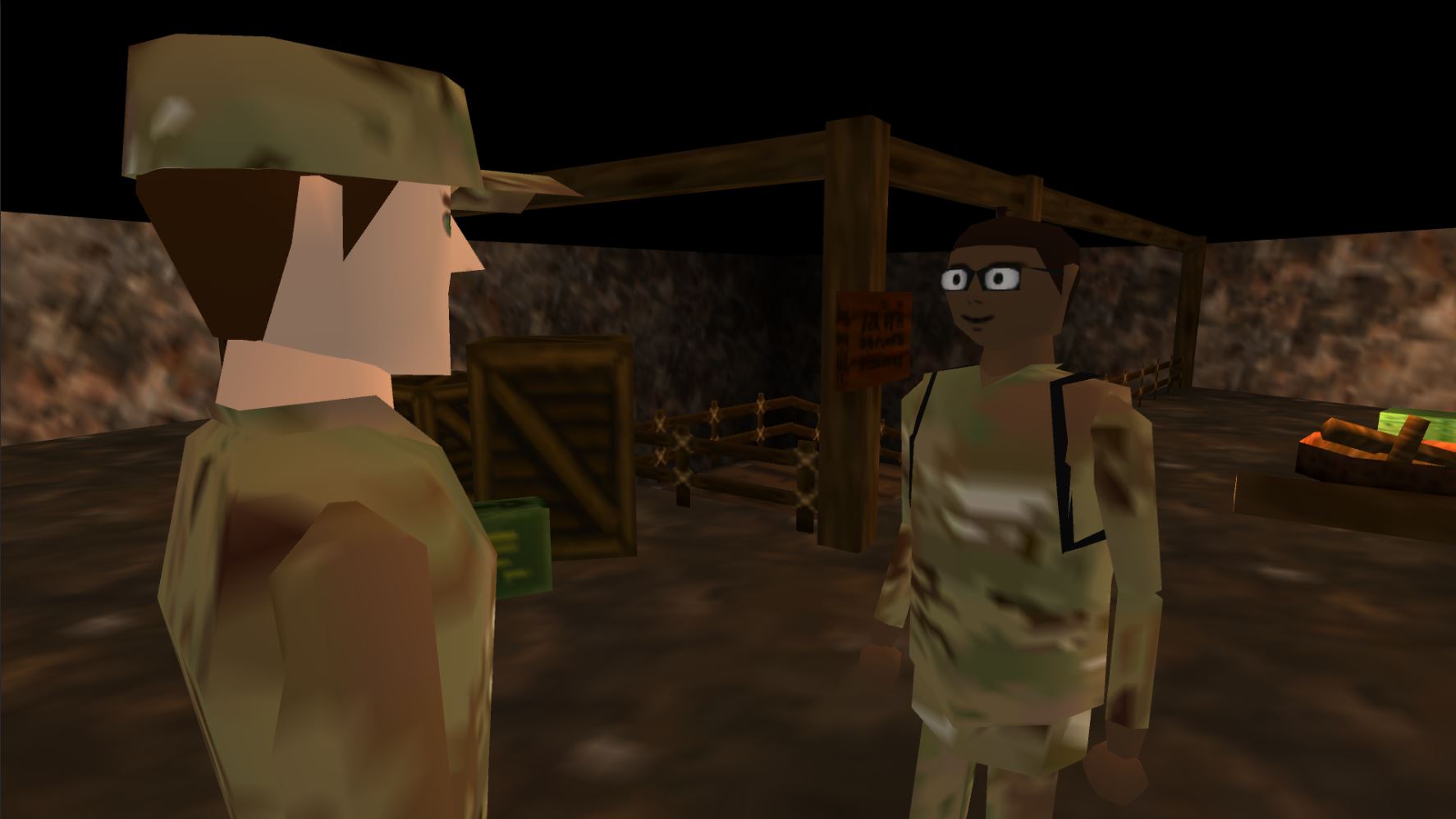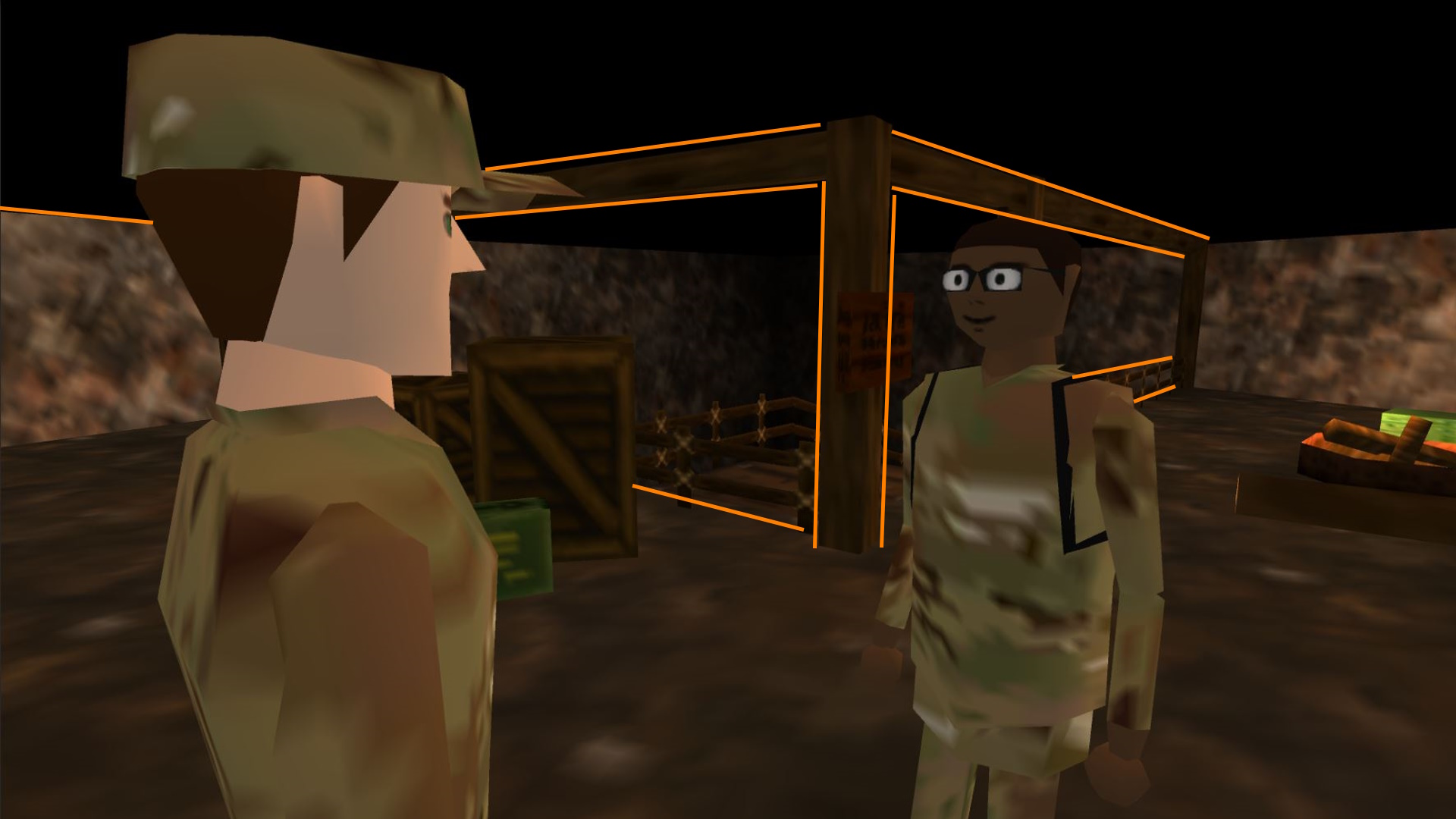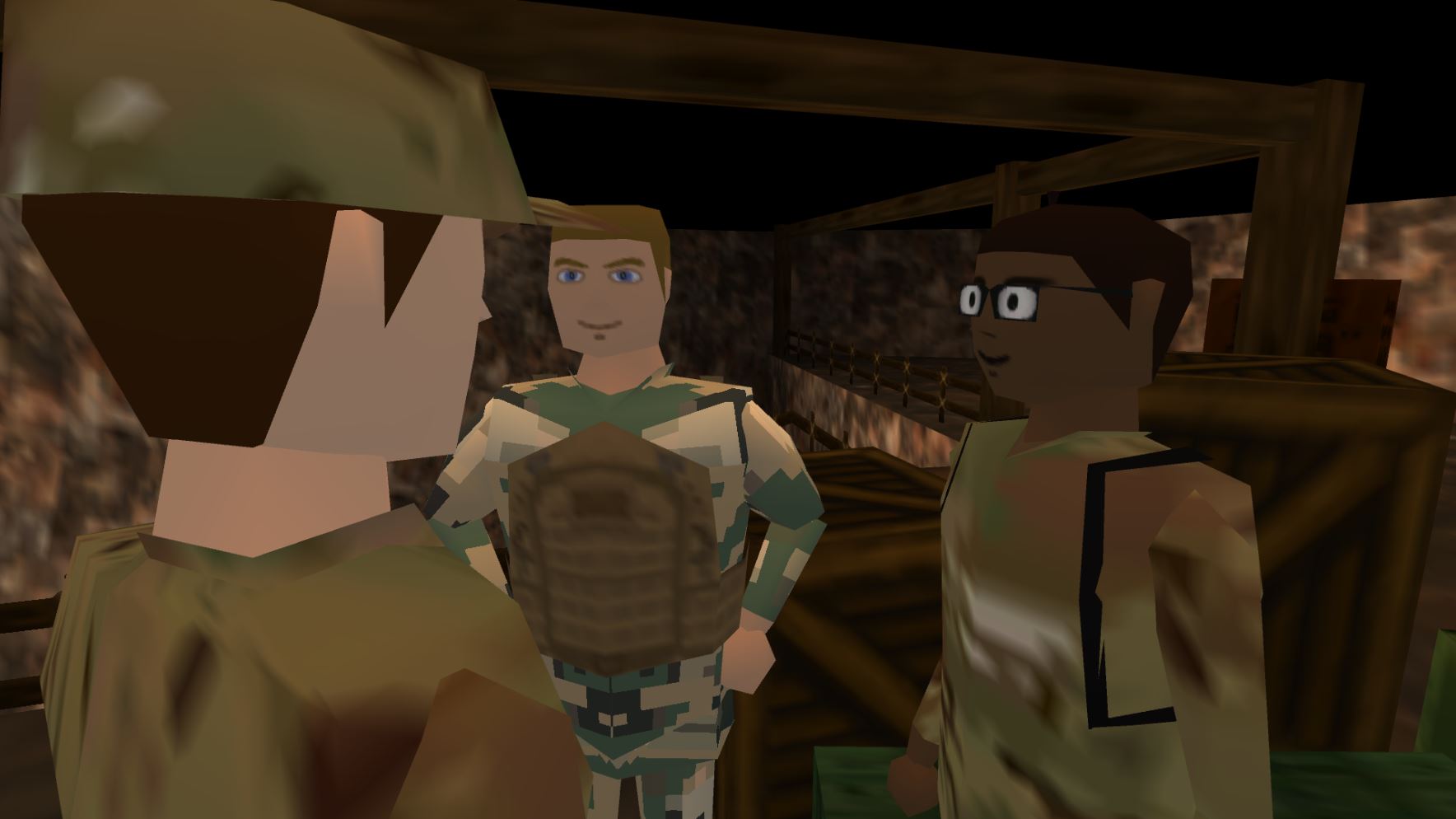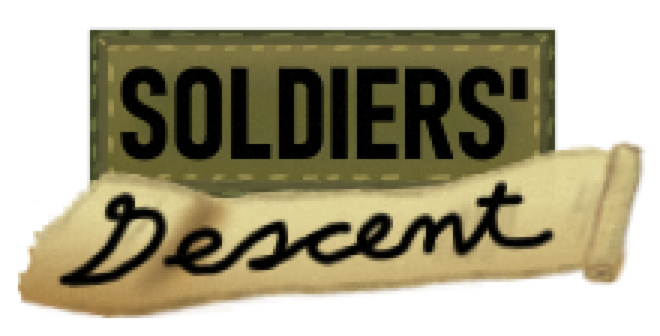Working on Cinematics!
Hey, it’s SnakeF8!
For this sprint, I’ve been steering away from the tech demo to work on the full demo, and this involves working on the intro cutscene. Luckily, I don’t have to write how it’s going to play out because I’ve already written the full demo’s story. Also with that luck, I already added a rough version of the intro, but I had two roadblocks which hindered the overall quality.
The first roadblock was more of a technical one that made the visuals appear rough, and this was due to Unity’s Timeline system. To sum it up, Timeline is Unity’s tool when it comes to creating cutscenes and cinematics. It’s a great tool, but it’s not very compatible with dialogue that requires the Timeline to be stopped. If the Timeline is stopped, then the whole game is stopped except for some update loops such as checking for input. It’s somewhat configurable within the system or code, but the least amount of updates paused is the Timeline itself. This wouldn’t be an issue if it weren’t for the animations in the Timeline overriding the Animator and Animation systems. The problem here is that either the animations would be stopped entirely, or the Animator would take over to play the current animation state.
Here’s an example: A character crouches to inspect something. The timeline pauses to play out dialogue of what they found. Because the Timeline is stopped, the character’s Animator takes over, so they are now standing when they should be crouching.

The fix is very janky, but it works and looks good. I can best describe it as putting a little elbow grease in thanks to Timeline Markers and Signals. Markers are points on a timeline which can use Signals to trigger events with scripts. For Soldier’s Descent, if a character crouches and dialogue is meant to pop up, a Marker is set on the frame after the character crouches to pause and pop up dialogue. When I found out the animator takes over when the timeline is paused, I realized, “How about I use the Marker to change the current animation state?” This, to my shock, worked! I set up a Marker to change the animation state before the activate dialogue Marker to match the current animation played. It’s not entirely seamless, but it’s presentable enough for what we’re going for 90’s era-wise (Keep in mind though I wasn’t alive in the 90s). When the dialogue is over, a script is triggered that resumes the dialogue, and the cutscene progresses seamlessly. If anyone wants to talk about it, either add me on Discord via the server link attached or my email at snakef8studios@gmail.com. I’ll even make a full video guide explaining the fix in case any developers want it! (If asked or if I get around to it).
The latter roadblock was my minimal understanding for what makes a scene look good. Prior to my weeklong research, I only knew about the rule of thirds which is not enough to make an engaging intro. I didn’t realize how much work went into cinematography until I watched a couple guides explaining concepts such as shot size, framing, composition, camera movements, and more! It’s not just those concepts, but that also includes the moods and tone each view portrays. As a decade-long musician, it reminds me of music because similar concepts are also used there such as how chords, keys, and tempo also portray emotion. For a developer wanting to make their game’s look more cinematic, I recommend SudioBinder’s The Shot List playlist as an introductory crash course on cinematics. The principles used here are for film, but you can see this a lot in games.
While I continued studying cinematics for Soldier’s Descent’s cutscenes, my reserve unit’s public affairs office held a 3-hour class on filmmaking and marketing this drill weekend. In the military, public affairs are the soldiers that create promotional material for their respective branches to raise internal morale or recruit civilians. This could span from journalism within our ranks to filming, editing videos for units, and uploading them to YouTube, Instagram, or Tiktok. They capture our stories for the masses. I just so happened to be lucky that our unofficial OIC (officer in charge) is a LTC (lieutenant colonel) specializing in public affairs and logistics who wants to show us cadets what he does. Although the presenter did not go over everything, he taught information beyond what I could learn from studying in such a short amount of time. For one, every camera position, movement, or angle should have a reason to exist. If a character sits up, the camera should subtly follow the movement to better connect to the character. That’s just a technical example, but there’s more with each example provided exploring an idea. Generally, everything you include to show your story should use ideas which appeal to your demographic. You wouldn’t think that film is something that the military teaches, but everything I’ve learned will be used to make Soldier’s Descent an engaging story. Also, the military training itself will be inspiration for how I will make this project in the future.
For this remaining week before this sprint ends, I’m going to crank out as much as I can to get the first cutscene finish and create animations to make each character shine. Here’s some screenshots!


An over-the-shoulder two-shot. I chose this angle because the wood beams and fences guide the player's eyes to Gwelski (on the right). We play as LT. Dex (left), so it makes sense to make it as if it is in his perspective for many shots.

A Dutch angle two-shot at a low angle. By having the shot start like this, it creates a power difference which the tables will be turned a few seconds later.

The last example is a three-shot with our protagonists. Everything is resolved, and they are all on an equal level. Having the camera over the shoulder also gives the player that feeling too because it is at a natural conversation height. It's framed this way so the player focuses on the center with help from the props being uninteresting noise. Line guidance is also used to make it equal (The top pillar is nearly horizontally flat, Dex's hat and the others' hairline is also horizontally flat. Basically, horizontal edges are mostly flat. Certain vertical edges outside of the trio point inwards.)
Get Soldiers' Descent
Soldiers' Descent
A turn-based RPG with shooter elements!
| Status | In development |
| Author | SnakeF8 |
| Genre | Role Playing, Adventure |
| Tags | 3D, Fantasy, Low-poly, Retro, Singleplayer, Unity |
| Languages | English |
More posts
- Bringing the Knox Experience to the DescentAug 15, 2023
- 0.3.7’s Controller Tips!May 14, 2023
- Remaking My Bad Cutscene SystemMay 07, 2023
- Music and Bug Fixes Galore!Apr 30, 2023
- We’re Back for More! GET SOME!Apr 09, 2023
- Overhauling: Making TBS COMBAT Engaging!Sep 02, 2022
- A Plan to Overhaul Combat (...and new bugfix patch!)Aug 06, 2022
- Why I'm Still Using UNITY (For Now)Jul 19, 2022
- Controller Support Now Available!Jun 26, 2022

Leave a comment
Log in with itch.io to leave a comment.